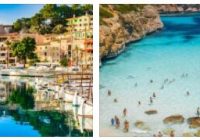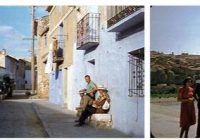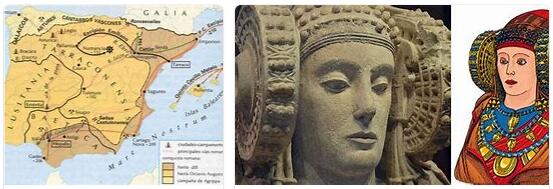Types of Tourism in Balearic Islands, Spain
Beach According to polyhobbies.com, the length of the coast on the island of Mallorca is 555 km. it has more than 76 beaches, and 22 of them have been awarded the “blue flag”. All beaches are municipal and free. A sunbed and an umbrella on the beach cost 2-3 euros per day. Not far from… Read More »








